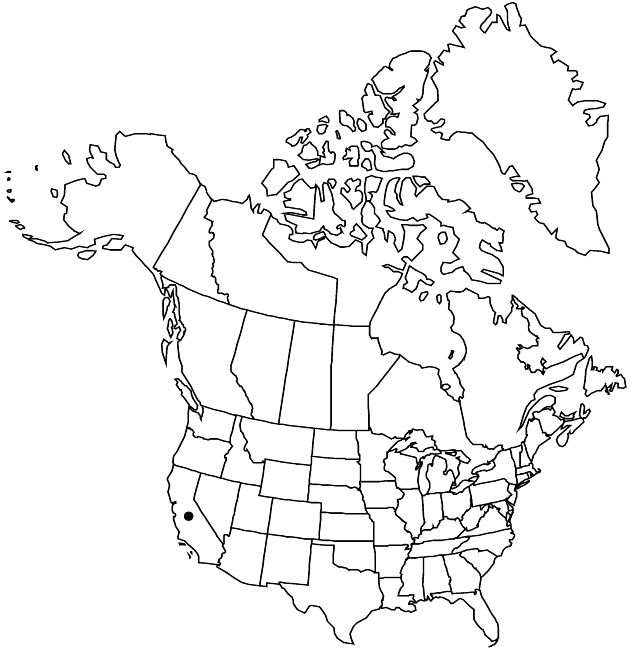Difference between revisions of "Chaenactis artemisiifolia"
Proc. Amer. Acad. Arts 10: 74. 1874.
FNA>Volume Importer |
imported>Volume Importer |
||
| Line 54: | Line 54: | ||
|publication year=1874 | |publication year=1874 | ||
|special status= | |special status= | ||
| − | |source xml=https:// | + | |source xml=https://bibilujan@bitbucket.org/aafc-mbb/fna-data-curation.git/src/bb6b7e3a7de7d3b7888a1ad48c7fd8f5c722d8d6/coarse_grained_fna_xml/V19-20-21/V21_1011.xml |
|tribe=Asteraceae tribe Heliantheae | |tribe=Asteraceae tribe Heliantheae | ||
|subtribe=Asteraceae (tribe Heliantheae) subtribe Chaenactidinae | |subtribe=Asteraceae (tribe Heliantheae) subtribe Chaenactidinae | ||
Revision as of 21:53, 27 May 2020
Plants (15–)25–90(–200) cm. Leaves basal (withering) and cauline, 3–15(–20) cm; largest blades ± plane, not succulent; primary lobes mostly 5–10 pairs, ultimate lobes ± crowded, antrorse, lanceolate to elliptic, plane. Peduncles 1.5–6 cm. Involucres ± hemispheric, mostly 10–15 mm diam. Phyllaries: longest 7–10(–12) mm, ± densely villous, not or sparsely glandular; apices (all) erect, ± green, acute or scarcely acuminate, not aristate, ± plane. Receptacles: paleae 0. Corollas 5–7 mm. Cypselae compressed, 4–7 mm; pappi 0 or coroniform (of ± 10 scales, longest 0.1–0.5 mm). 2n = 16.
Phenology: Flowering Apr–early Jul.
Habitat: Dry canyons, open slopes, often over granitoid rocks, locally abundant in chaparral burns or other recovering disturbances
Elevation: 80–1600 m
Distribution

Calif., Mexico (Baja California).
Discussion
In the flora area, Chaenactis artemisiifolia is known from the Transverse and Peninsular ranges and seaward valleys of southwestern California. It is fire-adapted; its germination is significantly enhanced by exposure to biomass smoke (J. E. Keeley and C. J. Fotheringham 1998).
Chaenactis lacera Greene, the eighteenth species of the genus, is known from coastal portions (including islands) of the western Vizcaíno Desert in Baja California and Baja California Sur, Mexico. Forms of C. artemisiifolia sometimes resemble C. lacera in coastal southern California (P. Stockwell 1940), where C. lacera could eventually be introduced. Besides the key characteristics above, C. lacera differs from C. artemisiifolia by its largest leaf blades broadly ± elliptic, 2–3-pinnately lobed, ultimate lobes remote, recurved to retrorse, ± linear, involute (leaf blades appearing ± skeletal).
Selected References
None.